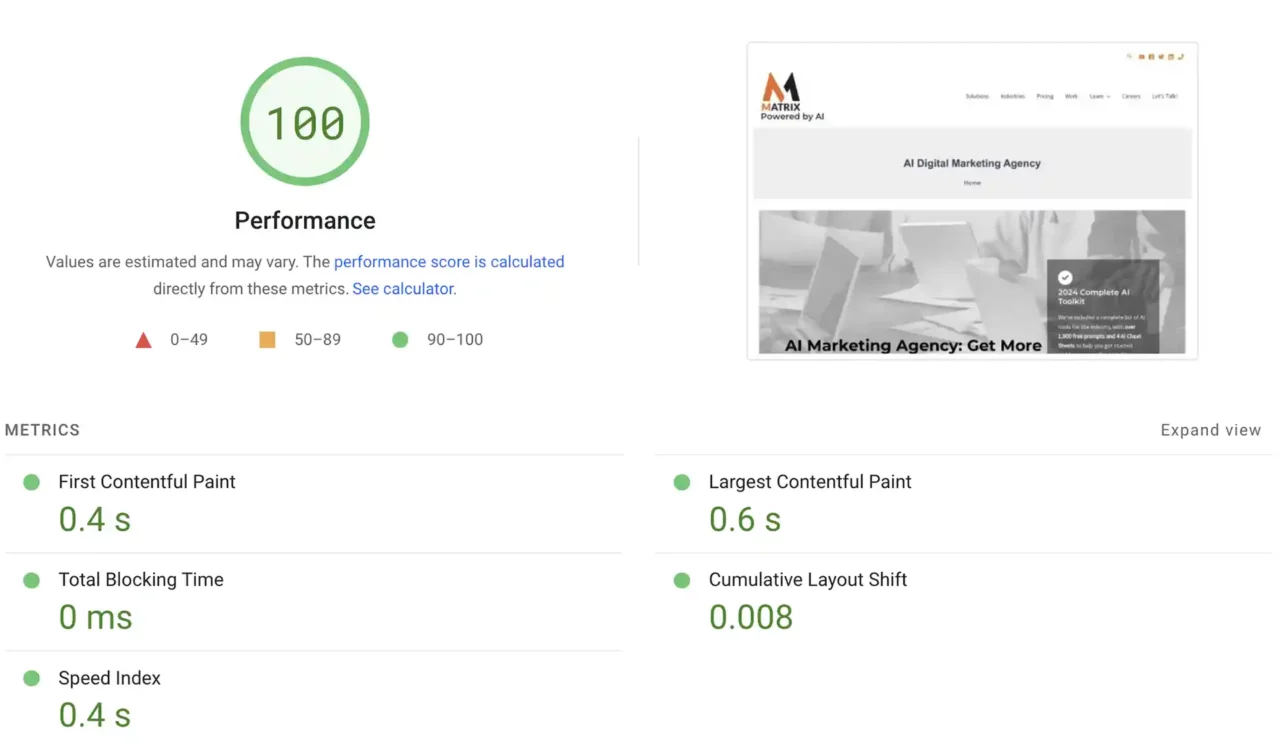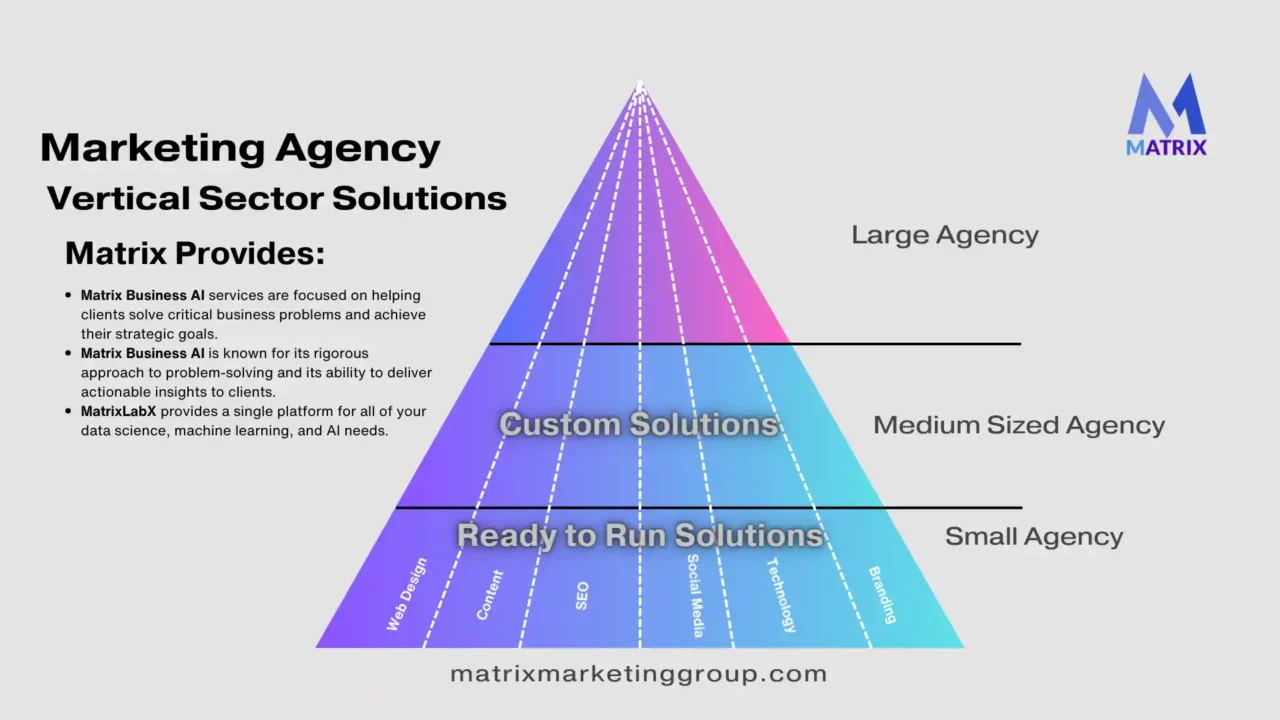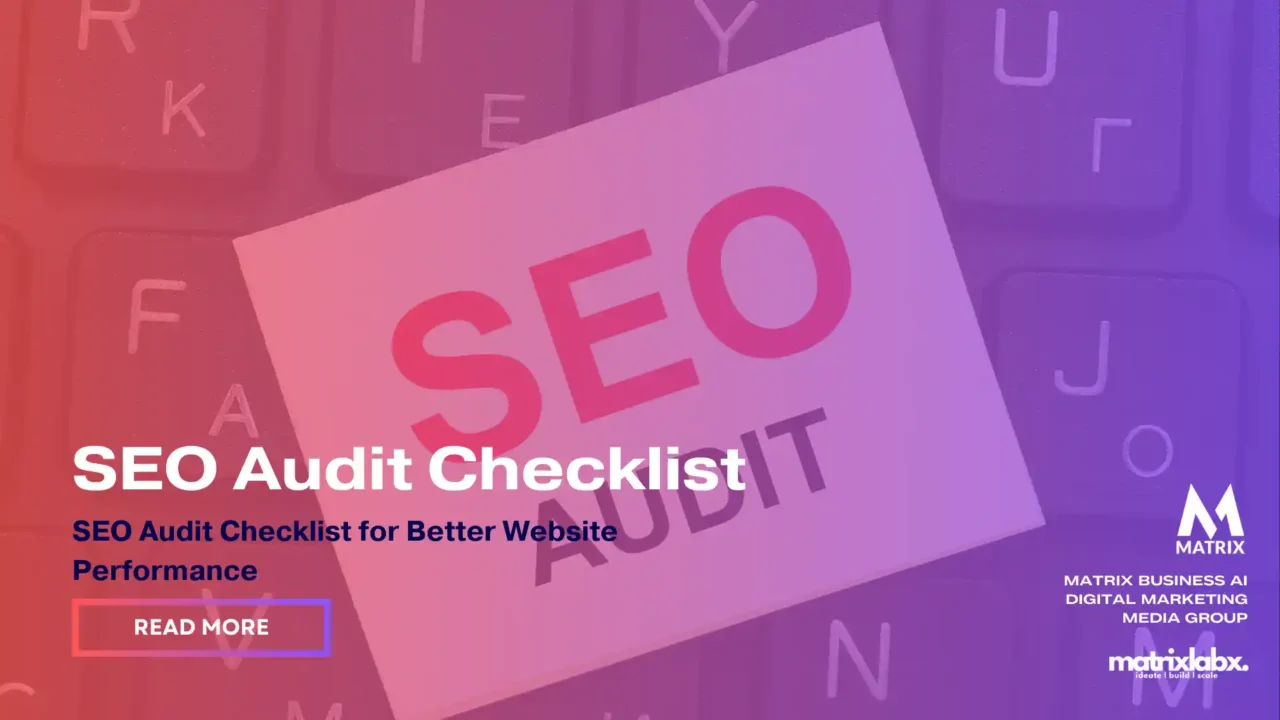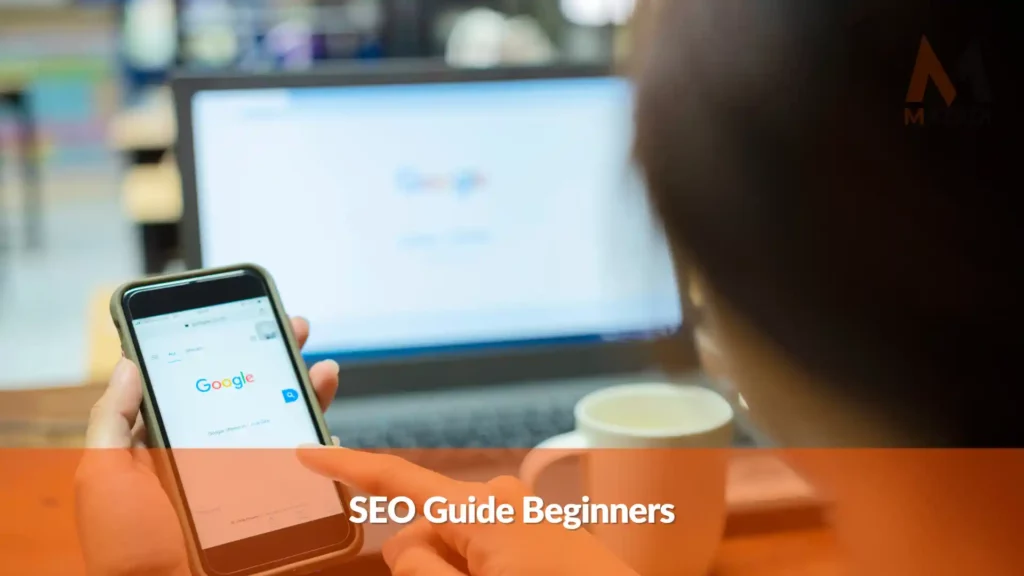Unlocking the Power of Tourist SEO
Unlocking the Power of Tourist SEO
Attracting Attention: The New Era of Tourism Marketing
The tourism industry is undergoing a seismic shift. In the digital age, traditional tourist attraction methods are rapidly overshadowed by the burgeoning field of Tourist SEO.
This innovative approach leverages the power of search engine optimization (SEO) to put destinations on the global map. But what exactly is Tourist SEO, and why is it becoming an indispensable tool for tourism marketers?
Interest: The Secret Weapon of Digital Visibility
Tourist SEO is not just about improving search engine rankings; it’s a strategic approach to making destinations more visible and appealing to a digital audience.
Destinations can dramatically increase their visibility by understanding and harnessing the nuances of how potential tourists search for travel information online.
This process involves optimizing content to match what travelers seek, using keywords that resonate with their desires and expectations.
Desire: Crafting a Digital Destination
The heart of Tourist SEO lies in creating a compelling digital presence that informs and inspires potential visitors. It’s about painting a picture of a destination in the minds of tourists before they even set foot there.
From captivating imagery to immersive narratives, every aspect of online content is fine-tuned to evoke the unique essence of a destination. This digital portrayal is key to converting online interest into real-world visits.
Action: Turning Searches into Journeys
The ultimate goal of Tourist SEO is to transform online searches into travel bookings. By effectively utilizing SEO techniques, destinations can guide potential tourists through a seamless journey – from the initial spark of interest to the final decision to visit. This involves deeply understanding the traveler’s journey and optimizing each touchpoint to provide relevant information and irresistible calls to action.
Conclusion: The Future of Tourism Marketing
In the competitive world of tourism, standing out in the digital landscape is crucial. Tourist SEO is not just a trend; it’s the future of how destinations will attract and engage with travelers.
By embracing this approach, tourism marketers can unlock new levels of engagement, visibility, and, ultimately, success in the digital era.
Welcome to the new frontier of tourism marketing – where every search is a potential gateway to adventure.
Tourism SEO is a rapidly evolving field with some fascinating and lesser-known statistics that highlight its impact and potential:
- Schema Markup and Structured Data: Implementing schema markup on a travel website, highlighting details like destination information, hotel ratings, pricing, and reviews, significantly enhances search engine understanding and display in rich snippets. This can lead to higher click-through rates and improved rankings. Additionally, structured data enables voice search compatibility, which is crucial for users finding travel information through voice assistants.
- Zero-Click Search Content: Optimizing content for zero-click searches, where users obtain their desired information directly from search engine results, is crucial for travel websites. This includes creating concise and informative content within featured snippets and knowledge graphs.
- SEO Marketing Effectiveness: The average click-through rate for the first organic search result on Google is 31.7%, with the second and third results averaging 24.7% and 18.3%, respectively. This underscores the importance of ranking highly in search results.
- Video Content and SEO: Videos are becoming increasingly important in SEO strategies. They have higher engagement rates, increase website time, and encourage social sharing. Optimizing videos for SEO by providing accurate titles, detailed descriptions, and relevant tags is essential.
- E-A-T Principle: Expertise, authoritativeness, and trustworthiness (E-A-T) are vital for SEO, especially in the tourism sector. Search engines prioritize content from reliable sources, so demonstrating expertise through well-researched content and fostering trustworthiness is crucial.
- Global SEO Services Market: The global SEO services market is expected to reach $103.24 billion in 2025, growing at a compound annual growth rate of 20%. This growth highlights the increasing importance and investment in SEO across industries.
- Mobile SEO Dominance: Mobile accounts for 55.42% of the market share compared to 44.58% for desktop, making mobile SEO increasingly important. In October 2021, Google accounted for 93.87% of the mobile search engine market in the U.S.
- Voice Search Usage: In the Google app, 20% of searches are now made by voice, indicating a significant shift towards voice search in user behavior.
- Local SEO: Nearly a third of online consumers in the U.S. used the internet to find local businesses daily in 2019, with 93% of consumers searching online for a local business. This emphasizes the importance of local SEO for tourism and related businesses.
- Mobile Search Trends: Mobile searches for “best” have increased by 80% in the past two years, reflecting changing user behavior and the importance of optimizing for these types of queries.
These statistics provide a glimpse into the dynamic world of tourism SEO, highlighting the importance of adapting to evolving trends and technologies.
Challenge 1: Keeping Up with Ever-Changing Algorithms
One of the most formidable challenges in tourism SEO is the ever-evolving nature of search engine algorithms. These algorithms are the gatekeepers of digital visibility, determining which websites make it to the coveted first page of search results.
For businesses in the tourism sector, staying ahead means constantly adapting to these changes. However, this is easier said than done. Algorithm updates can be frequent and sometimes unannounced, leaving businesses scrambling to adjust their strategies.
The key question is: how can tourism businesses stay ahead in a game where the rules always change?
Challenge 2: Balancing Global Reach with Local Relevance
Another significant challenge lies in striking the right balance between global appeal and local relevance. The internet has no borders, which means a tourism website can attract visitors from all around the world.
However, this global reach can sometimes dilute the local flavor that makes a destination unique. Conversely, focusing too much on local SEO might limit a business’s exposure to a wider audience.
This balance is a delicate dance that requires a deep understanding of diverse cultural nuances and a strategic approach to content that appeals to a broad spectrum of potential travelers.
Challenge 3: Mastering the Art of E-A-T in a Competitive Market
Expertise, Authoritativeness, and Trustworthiness (E-A-T) are more than just SEO buzzwords; they are critical components of a successful online presence.
In the crowded online tourism space, establishing E-A-T is both necessary and challenging. With countless travel blogs, agency websites, and review platforms vying for attention, standing out as a credible and authoritative source is daunting.
This challenge becomes even more complex with the need to continuously generate fresh, engaging, and trustworthy content that resonates with a discerning audience.
The journey through the terrain of tourism SEO is fraught with challenges but also ripe with opportunities. Businesses that successfully navigate these challenges can unlock new levels of digital success.
The key lies in being agile, understanding global and local SEO nuances, and building a brand that embodies expertise, authority, and trust.
As the digital landscape continues to evolve, those who adapt, innovate, and stay ahead of the curve will survive and thrive in the exciting world of tourism SEO.
Tourism SEO: The Gateway to Digital Discovery in Travel

Tourism SEO is a dynamic game with various players, each contributing uniquely to the industry’s digital landscape. Everyone is vying for online visibility, from local boutique hotels and sprawling resort chains to niche travel bloggers and global tour operators. These players are constantly competing and innovating to capture the attention of the modern traveler.
The ‘who’ also extends to skilled SEO professionals and digital marketers who weave intricate strategies to elevate these travel entities in the digital realm.
Understanding the diverse cast in this digital drama is key to appreciating the complexities and opportunities of tourism SEO.
Unraveling the Essence of Tourism SEO
Tourism SEO is about optimizing travel-related websites and content to rank higher in search engine results. This involves various techniques, including keyword research, content creation, link building, and more.
But it’s not just about technical understanding; it’s about storytelling and engagement. Effective tourism SEO captures the essence of a destination or travel service and translates it into digital narratives that are both search engine and user-friendly.
It’s a blend of art and science, with the ultimate goal of making a travel entity not just visible but desirable.
The Global Digital Marketplace
The ‘where’ of tourism SEO is as boundless as the internet itself. This digital marketplace transcends geographical boundaries, allowing a small guesthouse in a remote village to be discovered alongside a luxury resort in a popular city.
The beauty of tourism SEO is that it levels the playing field, giving every travel business, regardless of size or location, a chance to be seen by a global audience.
The challenge, however, lies in targeting the right audience in this expansive digital space, ensuring that marketing efforts resonate with those most likely to be interested in what a particular travel entity offers.

Timing in the Ever-Evolving SEO Landscape
Timing in tourism SEO is twofold. Firstly, it’s about keeping pace with the constantly evolving algorithms of search engines.
Staying updated and adapting real-time strategies is crucial for maintaining and improving search rankings. Secondly, it’s about understanding the seasonality of travel.
Different destinations peak at different times, and successful tourism SEO aligns content and marketing efforts with these seasonal trends.
Capturing the right audience at the right time can mean distinguishing between a booking and a missed opportunity.
The Driving Force Behind Tourism SEO
The ‘why’ of tourism SEO is the most compelling. In a world where most travel planning begins with an online search, being visible on search engines is no longer a luxury; it’s a necessity.
Tourism SEO is the bridge that connects travel businesses with travelers who are searching for their next adventure. It’s about being present in that crucial decision-making moment, providing the information, inspiration, and motivation to turn searches into bookings.
Tourism SEO is not just about being found; it’s about being chosen in a world teeming with options.
The Journey Continues
Tourism SEO is an ongoing journey, a blend of creativity, technical expertise, and strategic foresight.
It’s a world where understanding the ‘who, what, where, when, and why’ can unlock unparalleled opportunities for growth and connection in the digital age of travel. For those who navigate it well, the rewards are as vast and varied as the world of travel itself.
Tourism SEO: Transforming Challenges into Opportunities

Use Case 1: Small Bed and Breakfast in a Quaint Town
Imagine a charming bed and breakfast in a picturesque town, often overlooked by tourists in favor of more popular destinations. Despite its appeal and excellent service, the establishment struggled to attract visitors, buried under the online presence of larger hotels and resorts.
By implementing targeted SEO strategies, the bed and breakfast began to climb the search engine rankings.
Strategic keyword optimization, focusing on terms like “cozy town retreat” and “hidden gem accommodations,” helped them stand out. They also optimized their local SEO by listing in local directories and encouraging guest reviews.
The result was a significant increase in online visibility and bookings. The bed and breakfast attracted more visitors to its website and the town itself, contributing to local tourism growth. This success story illustrates how effective SEO can level the playing field for smaller establishments.
Use Case 2: Adventure Tourism Company Offering Unique Experiences
An adventure tourism company offering unique experiences like cave diving and jungle trekking had an exciting product but needed help to reach its target audience. Their website needed to be optimized for search engines, making it challenging for adventure seekers to discover their offerings.
The company revamped its online content with SEO in mind, using high-ranking keywords such as “extreme adventure tours” and “unique travel experiences.” They also utilized blog posts and social media to share thrilling stories and testimonials from past adventurers, enhancing their online presence.
The adventure tourism company saw a surge in website traffic and inquiries. Their SEO efforts helped them rank higher for niche adventure travel searches, effectively reaching their ideal clientele. This increased visibility led to more bookings, demonstrating the power of specialized SEO in niche tourism markets.
Use Case 3: Cultural Tour Operator in a Major City
A tour operator offered specialized cultural tours in a bustling metropolis known for its rich culture and history, however, they needed help in the sea of general city tour advertisements, failing to reach tourists interested in immersive cultural experiences.
The tour operator shifted their focus to content marketing with an SEO strategy centered around “cultural immersion tours” and “authentic city experiences.”
They created engaging content highlighting their tours’ uniqueness, including local guides’ insights and hidden city gems not typically covered by conventional tours.
The new SEO strategy led to a higher ranking in search results for cultural tours in the city, attracting a more relevant audience.
Tourists seeking authentic cultural experiences started booking with the operator, boosting their sales and reputation. This case underscores the effectiveness of content-driven SEO in differentiating offerings in a competitive market.
CThe Transformative Power of Tourism SEO
These use cases underscore the transformative power of SEO in the tourism industry. From leveling the playing field for small businesses to carving out a niche in a crowded market, SEO is an invaluable tool for connecting with the right audience.
By understanding and effectively implementing SEO strategies, tourism businesses can turn digital obscurity into online prominence, driving web and real-world foot traffic to their doors.
Tourism SEO: A Step-by-Step Guide to Amplifying Your Online Presence
Step 1: Understanding Your Audience and Keywords
Discover Your Audience: Begin by identifying your target audience. Who are they? What are their travel interests? Understanding your audience is crucial in tailoring your SEO strategy effectively.
Keyword Research: Conduct thorough keyword research. Use tools like Google Keyword Planner or SEMrush to find keywords your potential customers are searching for.
Focus on long-tail keywords specific to your tourism niche, such as “family-friendly safari tours in Africa” or “budget backpacking in South America.”
Implementation: Integrate these keywords naturally into your website’s content, including titles, meta descriptions, and blog posts. Remember, the goal is to be informative and engaging, not to stuff your content with keywords.
Step 2: Optimizing Website Structure and Content
Website Structure: Ensure your website is structured logically. A clear, easy-to-navigate website enhances user experience and helps search engines crawl your site more effectively.
Content Optimization: Create high-quality, relevant content that resonates with your audience. Use your keywords strategically in your content, but ensure it reads naturally. Update your website regularly with fresh content, such as travel guides, customer testimonials, or travel tips.
Implementation: Incorporate multimedia elements like images and videos, as they can improve engagement and time spent on your site. Ensure all images have descriptive, keyword-rich alt tags.
Step 3: Leveraging Local SEO for Greater Visibility
Google My Business: Claim your Google My Business listing. This is crucial for appearing in local search results and Google Maps. Provide detailed information, including your business name, address, phone number, and hours of operation.
Local Keywords: Use local keywords throughout your website. For instance, if you’re a tour operator in Paris, use phrases like “Paris city tours” or “best experiences in Paris.”
Implementation: Encourage your customers to leave reviews on your Google My Business listing. Respond to these reviews to show that you value customer feedback.
Step 4: Building Quality Backlinks
Networking with Travel Bloggers: Contact travel bloggers and influencers for collaborations. Guest posting on reputable travel blogs can get you quality backlinks.
Local Partnerships: Partner with local businesses and tourism boards. This can lead to natural link-building opportunities.
Implementation: Always aim for quality over quantity in backlinks. Ensure the sites linking to you are credible and relevant to your niche.
Step 5: Monitoring and Adjusting Your SEO Strategy
Analytics: Use tools like Google Analytics to monitor your website’s performance. Track metrics such as organic traffic, bounce rate, and conversion rate.
Adapt and Update: SEO is not a one-time task but an ongoing process. Keep up with the latest SEO trends and algorithm updates. Be prepared to adjust your strategies based on performance metrics and industry changes.
Implementation: Regularly review and update your content to remain relevant and engaging. Keep an eye on your competitors and learn from their SEO strategies.

Tourism SEO is a journey, not a destination. It requires patience, persistence, and continuous learning. Following these step-by-step instructions can significantly improve your online visibility, attract more visitors to your site, and ultimately convert them into customers.
In the ever-changing world of SEO, staying adaptable and informed is key to staying ahead.
The Strategic Edge of Tourism SEO: Unlocking Potential and Profits
A New Horizon in Digital Marketing
In the vibrant and competitive world of tourism, SEO (Search Engine Optimization) stands out as a beacon of opportunity.
This article has delved into the nuances of tourism SEO, illustrating its immense potential to transform how travel and tourism businesses reach and engage their audiences. By implementing effective SEO strategies, these businesses can significantly enhance their online visibility, attracting a broader and more targeted audience.
Unveiling the Power of Targeted Visibility
The crux of tourism SEO lies in its ability to bring a tourism-related business to the forefront of digital searches. This targeted visibility is not just about appearing on the first page of Google; it’s about being seen by the right people at the right time.

By mastering keyword research, website optimization, and content relevance, businesses can position themselves directly in front of their ideal audience. This strategic placement leads to higher-quality traffic, more engaged visitors, and increased bookings and revenue.
Tourism SEO is not a one-size-fits-all approach. It requires a nuanced understanding of the tourism industry and travelers’ specific needs and behaviors.
By customizing SEO strategies to cater to these unique factors, businesses can achieve precision in their marketing efforts that other digital strategies cannot match.
Whether optimizing for local searches, building quality backlinks, or leveraging the power of multimedia, each step in the SEO process is an opportunity to fine-tune a business’s digital presence and outshine the competition.
The Competitive Edge: Staying Ahead in a Crowded Market
In the vast and ever-evolving landscape of the internet, standing out is crucial. Tourism SEO provides a competitive edge by ensuring that a business is not just part of the conversation but leading it.
By embracing SEO, businesses can differentiate themselves, showcasing their unique offerings and experiences in a way that resonates with potential customers. This competitive advantage is particularly vital in a market where new players are continually emerging and customer preferences are constantly shifting.
The Path to Sustainable Growth and Success
Tourism SEO is more than a marketing tactic; it’s a long-term strategy for sustainable growth and success. By consistently applying SEO best practices, businesses can build a robust online presence that withstands market trends and search engine algorithm changes.
The benefits of this approach are manifold: increased brand awareness, enhanced customer trust and loyalty, and a solid foundation for future marketing initiatives.
Conclusion: Seizing the Opportunity with Tourism SEO
As we navigate the complex digital world, tourism SEO emerges as a key player in the success stories of travel and tourism businesses. Its ability to connect businesses with their ideal customers in a crowded digital space is unparalleled.
For those ready to embrace the challenges and opportunities of SEO, the rewards are significant: a stronger online presence, increased bookings, and a thriving business in the competitive world of tourism. The future is bright for those who harness the power of tourism SEO.





